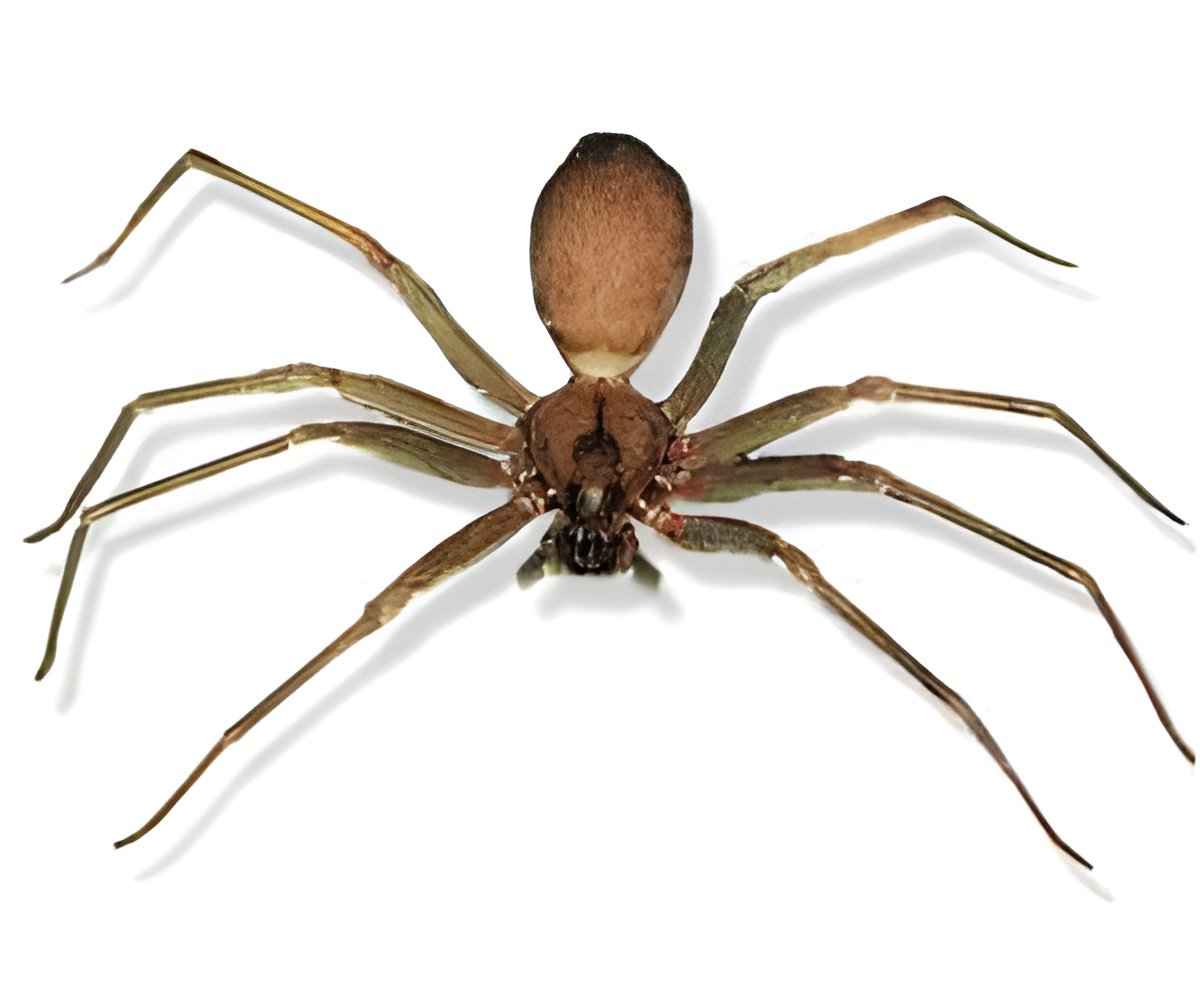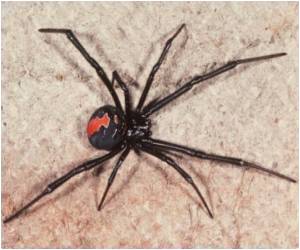New engineered spider protein created from parts of a toxin from reaper or brown spiders can be a promising candidate for developing therapeutic serums or vaccines against other venoms.

These Loxosceles spiders are mostly prevalent in Brazil, where they cause almost 7,000 human accidents every year.
The new study by researchers from the Universidade Federal de Minas Gerais in Brazil, describes an engineered protein that is made of three pieces of a venom toxin from the Loxosceles intermedia spider.
The engineered protein is not itself poisonous, and gives effective protection against the effects of the pure spider venom in animal models.
Current approaches to protecting against venom involve giving the venom to animals, and taking the resulting antibodies for the serum.
These antibodies enable the human immune system to prepare to neutralize venom from bites although they are somewhat effective, the production of anti-venoms like these is problematic, as animals are required to produce them, and they suffer from the effects of venom.
Advertisement
The protein is also not harmful to the immunized animal, which produce the antibodies and is also more effective than existing approaches, and easier to produce than preparing crude venom from spiders.
Advertisement
He said that with their new method, they would be able to engineer the proteins in the lab without having to isolate whole toxins from venom, which makes the whole process much safer.
The researchers tested their new protein on rabbits: all immunized animals showed an immune response similar to the way they respond to the whole toxin.
The engineered protein was effective for venom of the L. intermedia and L. gaucho sub-species that have similar toxins. Immunized rabbits were protected from skin damage at the site of venom injection, and from haemorrhaging.
The study has been published in Elsevier journal Vaccine.
Source-ANI









